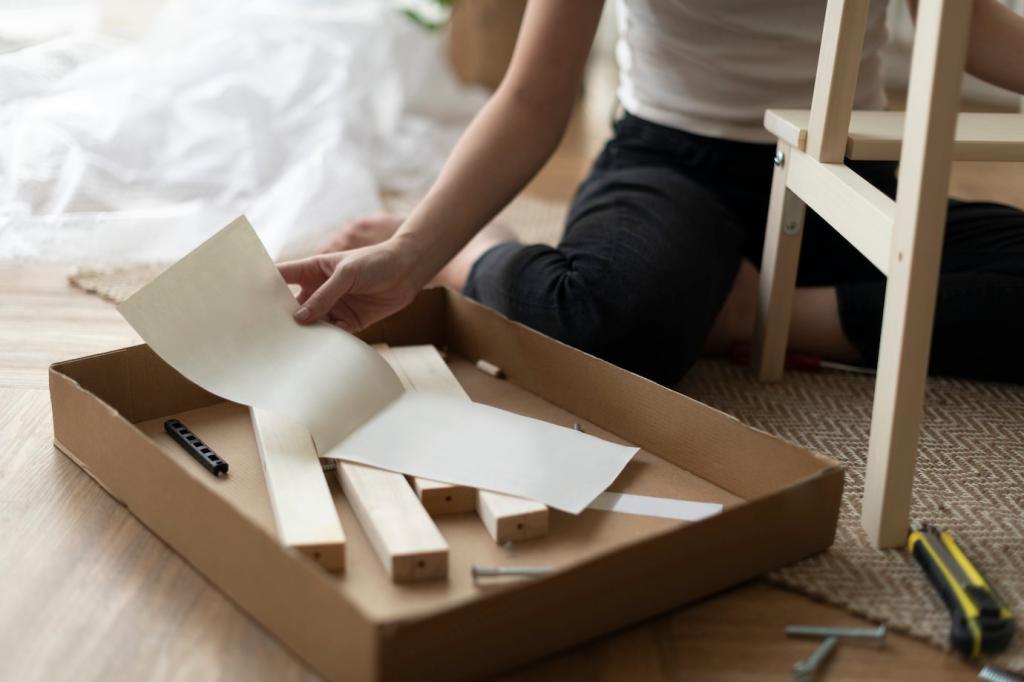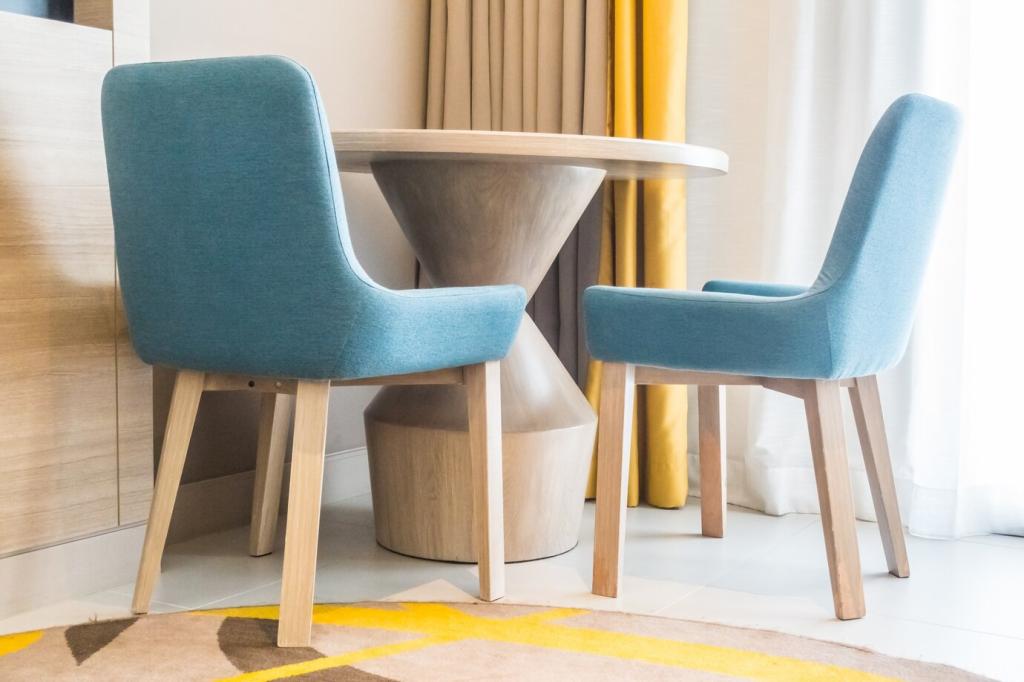Myth #5: “Steam cleaning is safe for every fabric and cushion”
Many cushions rely on adhesive layers and delicate interlinings. Heat and moisture can loosen these structures, leading to puckering, wrinkling, or lining collapse. Some fibers relax under steam and never fully recover. If your cushions have zippers only for manufacturing, not laundering, assume the cover is not steam-safe without testing.
Myth #5: “Steam cleaning is safe for every fabric and cushion”
Code W means water-based cleaners are acceptable; S indicates solvent-based only; WS allows careful use of either; X means vacuum or brush only. These labels guide safe methods. Always test, use minimal moisture, and avoid over-wetting. Share your sofa’s code in the comments for tailored cleaner suggestions and a stain-response checklist.
Myth #5: “Steam cleaning is safe for every fabric and cushion”
Pros bring controlled tools, drying acceleration, and fiber knowledge. Ask about training, insurance, and pre-testing. Request a written plan for your fabric type and a moisture control strategy. If they promise miracles without inspection, be skeptical. Subscribe for a quick pre-hire questionnaire you can use before booking any service.











